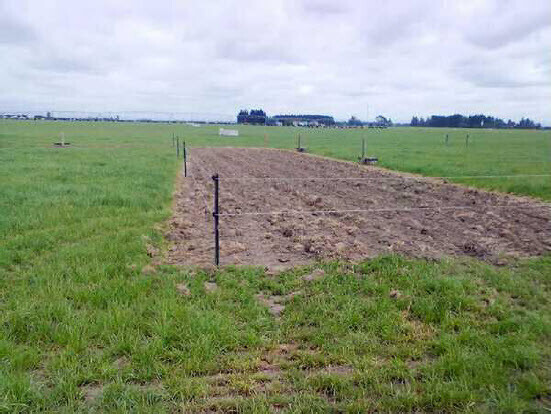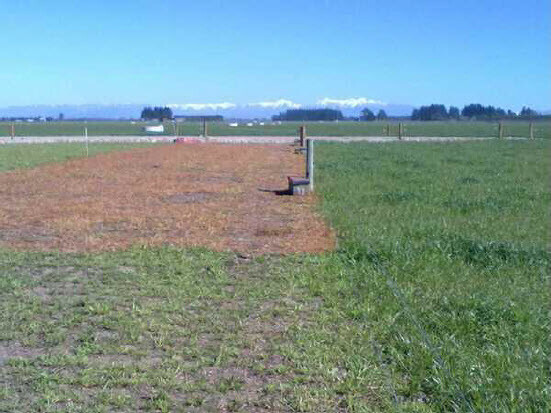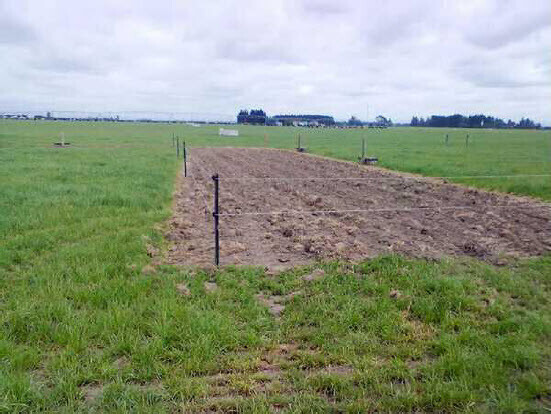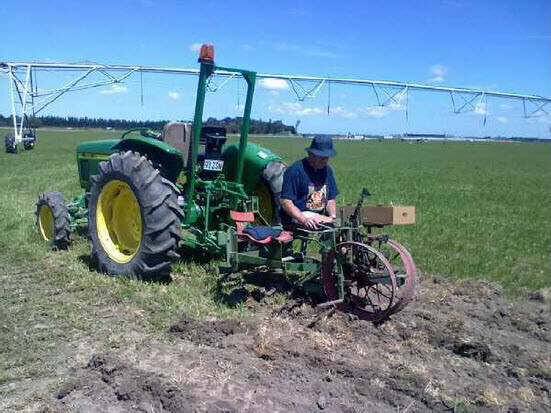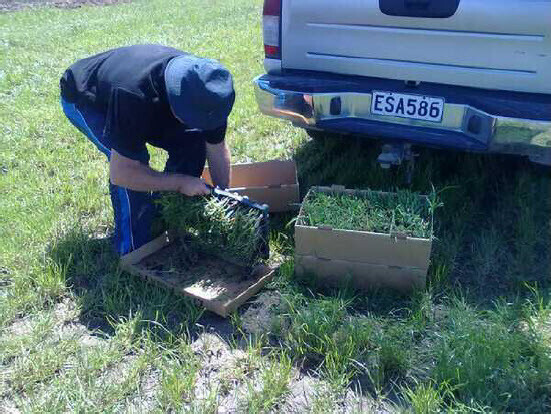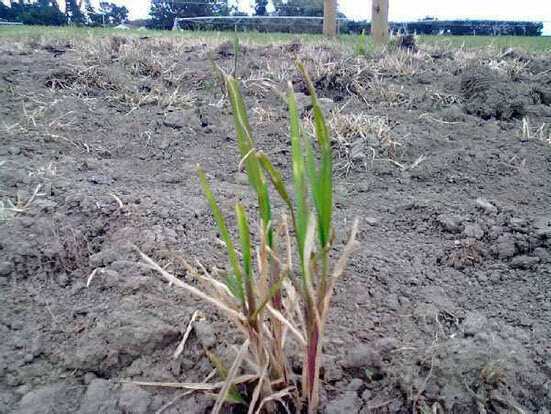December Update
Planting of Miscanthus giganteus (MxG) in the first four paddocks took place on the 13th and 14th of November at Aylesbury Road farm. The existing grass was first sprayed with Roundup and then left for two weeks before being cultivated the day before planting.Thank you Mark for organising this and to those who carried out the work. Also thanks to all my farms for giving me the chance to test the potential of what hopefully will prove to be a very interesting plant.
Plants have now been in the ground for three weeks and are beginning to strengthen and produce vibrant shoots. Those plants that have developed the most are already illustrating the impressive growth rate that, if they grow to their potential, will enable them to reach a height of 3 metres next year and four metres in subsequent years.
Planting has not however been without its problems. Firstly the machine planter we used did not plant the MxG plant plugs deep enough. Immediately after planting there was a good downpour of rain and subsequent inspection of the MxG plants showed many of the plugs had become too exposed. Most plants were subsequently planted deeper which was important as the surface soil dried very quickly but moisture remained at a depth of 10cm plus.
The weather has been very dry since planting with only one significant rainfall event two weeks after the initial rain following planting. Most days have also had persistent drying winds which incidentally the MxG shelterbelt will hopefully eventually protect the pasture plants from. Providing sufficient water has been a problem but to date survival rate is good, 80 – 90 % in most paddocks. The plants that are starting to get away do have a robust look about them. Once plants get their root network established the plants should be fairly resilient.
Planting has also started on Karetu farm and should be completed tomorrow.Thank you Marv for organising the contractors to get the areas cultivated. Conditions here are harsher than at Aylesbury Road. One paddock should receive some water from the irrigator but the other paddock is part of the dry block. All plants have been hand planted to ensure they are placed at sufficient depth. This is feasible due to the relatively small area being planted. Also all plants were well watered for several days prior to planting. Some plants can be drip irrigated but initially they will be left to see how they cope with the conditions unaided. However if the dry weather continues for some time some means of watering the plants may be needed.
The last four paddocks to be planted will be sprayed this week and cultivated and planted next week. This will be on one of Dave Irvine’s farms. I am very grateful to Dave for taking the time out of his very busy shedule to show me round the farm. Firstly because his operational manager was away at the time and so he did not have any free time and secondly because I needed a second visit to re-orientate myself as to where we had been the first time.
By the time of my next report I will know how well all plantings have established themselves and work can then begin on starting to monitor the ecosystem service benefits generated by Miscanthus plantings.
The plants that have already established themselves are growing well at present.
